#Victorian literature
Text
"There is something in a lost love that is sweet to remember, even though it was purchased with a thousand tears."
Mary Elizabeth Braddon, Lady Audley's Secret
#words#personal#love#lit#quotes#poetry#quotations#Lady#Secret#Victorian Literature#Literature#Victorian#classic#mary elizabeth braddon#love lost#lost love#thoughts#spilled words#novel#heartbreak#sorrow
31 notes
·
View notes
Text
You’re in her DMs, I’m screaming her name across the moors and she somehow hears me. We’re not the same.
#jane eyre#ask mr rochester#mr rochester#mr rochester of thornfield#ask blog#charlotte bronte#classic literature#victorian literature#the bronte sisters#gothic romance#dark acadamia aesthetic#books#wuthering heights#literature#literature rp#reading#19th century#emily bronte#victorian era#dark academia
4K notes
·
View notes
Text
Where are my fellow Gothic Fiction fans? Surely some of you ended up in here somewhere. Come out I need you.
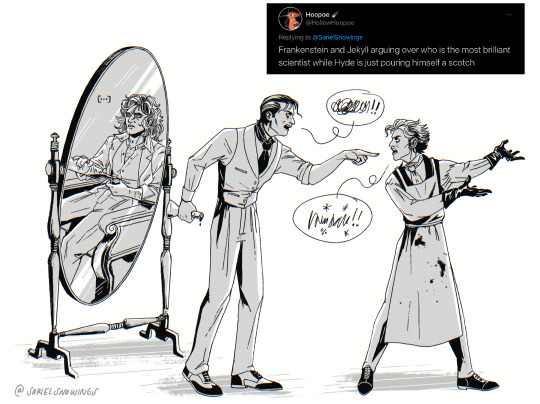
I want to draw them more, please feel free to suggest scenarios. I feel like they need to interact. Let the fanfiction begin!
I even made a reference sheet for them and everything. I just need to practise some more. Let’s just pretend they’re my OCs.
Edit: there are now more doodles. Find them under the #Sariel's Victorian disaster men tag
#Hyde speaks to me in an emotional level#done with their bullshit#my Victorian disaster men#I love them#Victor Frankenstein#Henry Jekyll#Edward Hyde#sarielsnowingsart#Frankenstein#dr. jekyll and mr. hyde#strange case of dr jekyll and mr hyde#the modern prometheus#gothic fiction#gothic literature#Victorian#victorian literature#Mary Shelley#robert louis stevenson#mad scientist#Jekyll and Hyde#Sariel's Victorian disaster men
3K notes
·
View notes
Text
Reading Like A Victorian
A while ago, I discovered the website 'Reading Like a Victorian', a digital humanities project from The Ohio State University and collaborators.
Since tumblr's been going through a bit of a serial-literature revival, I thought I would share...
Here are some extracts from the website's 'About Us':
RLV is an interactive timeline of the Victorian period. It focuses on serialized novels [...] and adds volume-format publications for context.
When we read Victorian novels today, we do not read them in the form in which they originally came out. Most Victorian novels appeared either as “triple deckers,” three volumes released at one time, or as serials published monthly or weekly in periodicals or in pamphlet form. Serialized novels’ regularly timed, intermittent appearance made for a reading experience resembling what we do when we are awaiting the next weekly episode of Game of Thrones, watching installments of other TV serials in the meantime. Whenever we pick up a Penguin or Oxford paperback of a Victorian novel today, we are engaged in the equivalent of binge-watching a series that has already reached its broadcast ending [and is] a very different experience from what Victorian audiences were doing with novels. Reading Like a Victorian reproduces the “serial moment” experienced by Victorian readers [...]
More info and screenshots and so on below the cut:
[...] if reading serial installments at their original pace is valuable, it is even more valuable to read them alongside parts of novels and of other kinds of texts that Victorian readers could have been following at the same time [...]
[...] a reader who, in 1847, had been following the part issues of both Dickens’s Dombey and Son and Thackeray’s Vanity Fair and then picked up Jane Eyre, published in volume form in October of that year, might notice in Florence Dombey, Becky Sharp, and Jane Eyre a pattern of motherless or orphaned girls trying to negotiate a hostile world on their own. While this figure is well known to be a character type in Victorian fiction perfectly embodied by Jane Eyre and Florence Dombey, Becky Sharp does not often emerge among the heroines who fit that type; reading the novels simultaneously foregrounds parallels between Becky, Florence, and Jane that are not at all obvious if their storylines are experienced separately
I find that, for browsing, the website is easier to use on a computer or tablet than a phone, but it's ok on phone to search for something specific.
The timeline:
Here's what the timeline looks like:
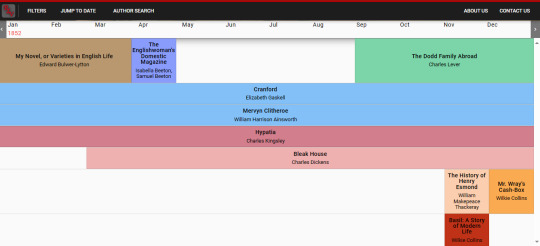
It shows 12 months at a time, and using the left and right arrows will move you back or forward by a month. You can use the 'Jump To Date' function to navigate to a different twelve-month period. Or you can use the 'Author Search' function to navigate to particular works if you know the author's name.
In the above screenshot of the timeline, which shows the period January to December 1852, there are several works shown, including:
ongoing serialised works which had at least one installment published prior to 1852;
works which began serialisation during 1852;
works published in three-volume format during 1852;
other works published during 1852
Details about each work:
You can click on the bar that represents a book's publication to get a drop-down that provides information about that book, its publication, and links to help you read the relevant serial parts.
Here's what happens if you click on Elizabeth Gaskell's Cranford:

On the left of the drop-down, there's some general information about the work, its publication history, and how to use the links.
On the right, there's information and links to help you experience the book in its serial parts: it separates out the parts, indicates the month and the year they were published, and what chapters of the work were published in that part. It also provides notes on each part where helpful. There is a scroll-bar at the right of the drop-down, so you can scroll down to the later installments of the work.
[I chose Cranford as an example as it helps demonstrate the value of the Reading Like a Victorian website... From what I understand, Gaskell initially wrote 'Our Society at Cranford' as a standalone piece of short fiction, but was encouraged to write more, so further pieces also set in the fictional town of Cranford were published intermittently in the same magazine over the next year or so. While a particularly dedicated Gaskell fan who wanted to 'read along' with Cranford following the original publication could probably search 1.5-years-worth of a weekly magazine to find the 9 issues which included the material which would later be published as Cranford, the Reading Like a Victorian website has already done that work for them... and also for anyone else who might be interested, but not quite that interested.]
The links
You can then click on an individual chapter to get links to various places to read it online:

When available / where possible, the website tends to include links to:
a facsimile copy of either the relevant serial part in the original publication, or in an 'annual' or similar volume collecting together the content of that publication, or a volume-form edition of that work if the work was not published serially or if facsimile copies of the original serialised publication are not available. [Most of the facsimiles are hosted by either the Internet Archive or the Hathi Trust Digital Library, but some are hosted as part of smaller, more specific collections, such as - in the case of Cranford - Dickens Journals Online which provides online access to the journals/magazines edited by Charles Dickens);
the text, usually on Project Gutenberg (this is usually the volume-form text, so the exact content and chapter breaks and so on may be different than originally published in serial parts; the Reading Like A Victorian website will generally explain when this is the case);
audio recordings, usually volunteer recordings from Librivox (again, the recordings are usually based on the volume-form text, so the exact content and chapter breaks and so on may be slightly different than originally published in the serial parts).
So yeah, I just thought it was a cool website and worth sharing. I believe the website is already used as a resource by some University courses and for academic research, but it can also be used by book clubs and to aid personal reading, etc. I'm using it to inform a personal reading project for 2024-26 where I follow along with six or seven novels serialised in 1864-66.
To save a scroll to the top, here's the link to the RLV website again: Reading Like A Victorian (osu.edu)
[If you want to join an already-planned read-along based on the original serialisation schedule, @dickensdaily will be doing Charles Dickens's historical novel Barnaby Rudge: A Tale of the Riots of 'Eighty from mid-February 2024 to late-November 2024, to follow along with the original weekly publication of the novel in Master Humphreys Clock from February 1841 to November 1841. I personally found Barnaby Rudge a really engaging, thought-provoking read, and I'm really looking forward to reading it again. (Anyone with particular triggers or other reasons to be wary of the content or language used in older books may find it helpful to look up content warnings for the book before making a decision to read it.)]
#reading like a victorian#victorian literature#victorian era#serial reading#serialisation#digital humanities#tumblr book club
265 notes
·
View notes
Text

#today on tumblr#victorian#victorian era#victorian art#1800s#victorian literature#oscar wilde#charlotte bronte#anne bronte#george eliot#elizabeth gaskell#thomas hardy#charles dickens#bram stoker#emily bronte#victorian gothic#victorian aesthetic
380 notes
·
View notes
Text
oscar wilde really spent a whole chapter yapping about perfume and cool rocks and then devoted about three sentences to the murder of one of the central characters, and honestly? i see the vision
#i love you oscar but oh my god#the picture of dorian gray#oscar wilde#wilde#dorian gray#basil hallward#lord henry wotton#tpodg#victorian literature#classical literature#booklr
231 notes
·
View notes
Text
So I’m really really enjoying @mayhemchicken / @lxgentlefolkcomic ‘s comic “The League of Extraordinary Gentlefolk” which is everything I wanted the Moore comic to be (e.g. actually faithful to the characters personalities in the canon books) and so of course I had to design a fancy cover for it xD
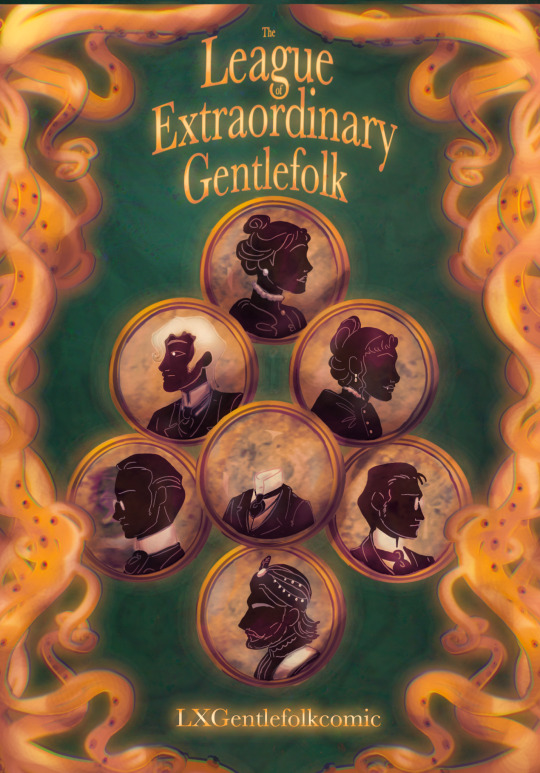
The profiles are of the characters that have been said to make up the main team in the comic (not all have shown up yet) but there’s Irene Adler-Norton on top, the two happily married Harkers side by side beneath her, the Invisible Man in the middle with Dr Seward on the right and Dr Jekyll (with the shadow of Hyde) on the left and Capt. Nemo in the bottom!
Please go check out the comic @lxgentlefolkcomic , it’s on its first chapter and already soooo good!
#my art#league of extraordinary gentlefolk#other people’s awesome writing#webcomics#Dracula#jonathan harker#mina harker#jonmina#irene adler#Sherlock Holmes#captain nemo#20000 leagues under the sea#the invisible man#Ashley Griffin#dr seward#jack seward#dr jekyll and mr hyde#victorian literature#literary crossover#Victorian literary crossover#the king in yellow#book covers#book cover designs
457 notes
·
View notes
Text
things in 19th century novels that bring me an immense amount of joy
a passive aggressive pianoforte moment
any country dance scene
flower symbolism
the love interest telling the heroine he loves her mid panic attack
a women rejecting a marriage proposal from a man she hates
hands
when lore gets dropped via letter
and, most importantly, the First Name Drop™
#trust me I’m an expert I’m getting my MA in lit#tales from an english major#jane austen#p&p#victorian literature#charlotte bronte#jane eyre#north and south#elizabeth gaskell#charles dickens#henry james#edith wharton#emily brontë#wuthering heights#little women#louisa may alcott#jo march#dylan.txt
4K notes
·
View notes
Text
Ride in the Sky, Quincey

#dracula daily#november 6#quincey morris#HIS DEATH ALWAYS HITS THE HARDEST FOR ME#THE FUCKING LIGHTING#THE WAY HE SAYS HE WAS PROUD TO BE OF SERVICE#AAAHHHHHHHHHHHH ToT#bram stoker#dracula#literature#victorian literature
211 notes
·
View notes
Text
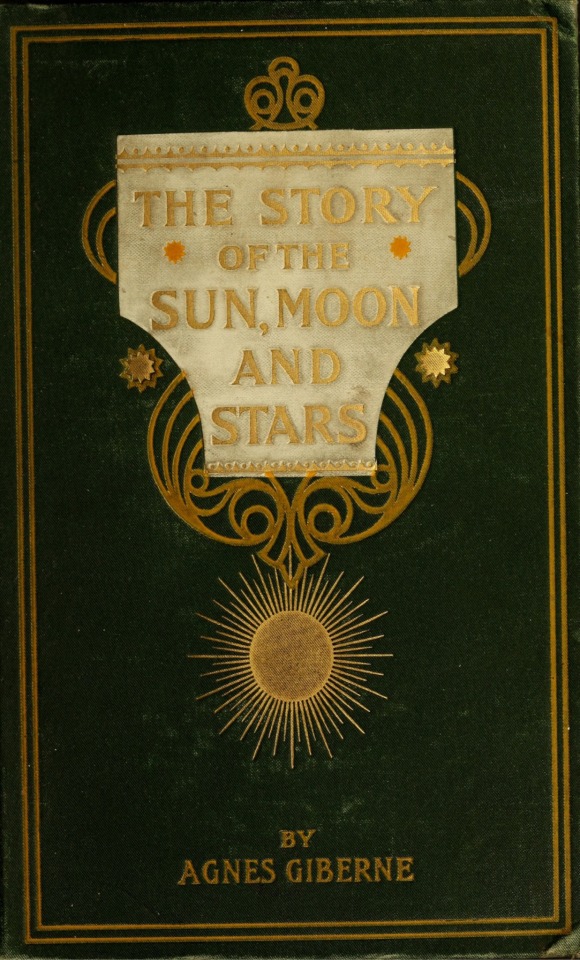

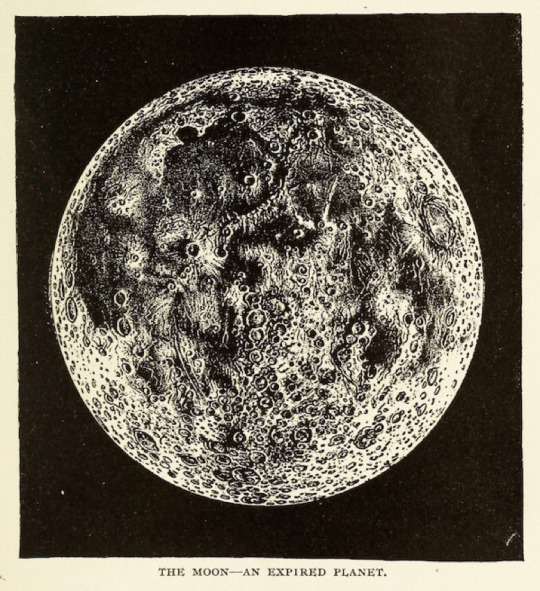

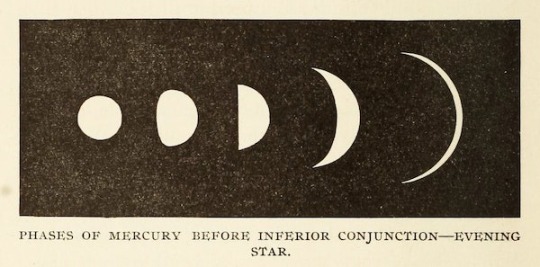
“The story of the Sun, Moon and Stars” by Agnes Giberne, 1898
#my post#mine#academia#academic#books#literature#victorian#astronomy#astrophysics#sun#moon#stars#space#galaxy#old books#old literature#classic#victorian books#victorian literature
224 notes
·
View notes
Text
"-- that look, full of love she gave him, to which he made no response, cut her to the heart with an agony of shame."
~ Leo Tolstoy, Anna Karenina (tr. Constance Garnett, Leonard J. Kent, & Nina Berberova)
#leo tolstoy#anna karenina#quotes#literature#literature quotes#literary quotes#literary quotations#quotations#19th century lit#19th century literature#victorian literature#russian lit#russian literature#classic lit#classic lit quotes#classic literature quotes#classic literature#book quotes#literary excerpts#book excerpt
346 notes
·
View notes
Text
thrifted & annotated copy of 'frankenstein' by mary shelley



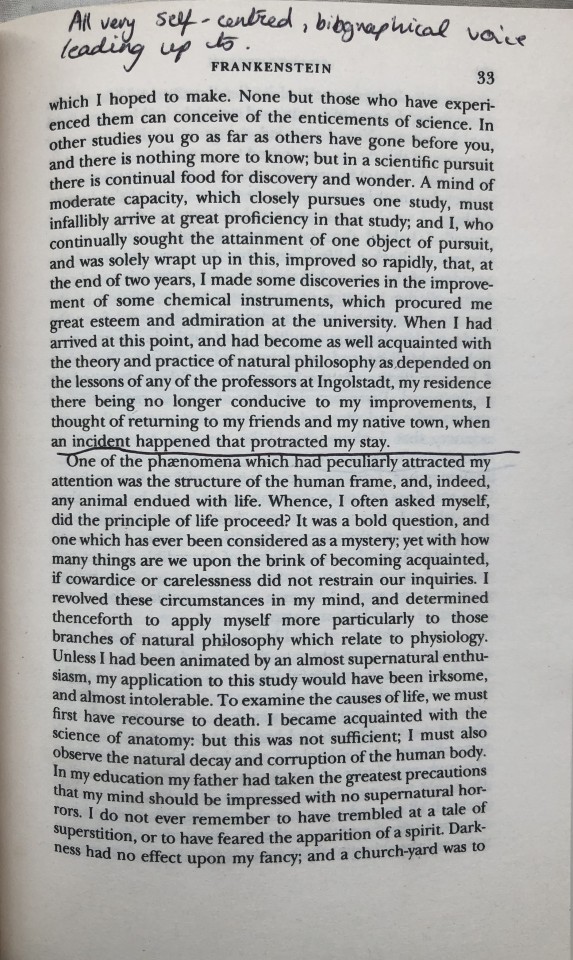

whoever had bought this copy ended up dog earing it like a third of the way through so this was all the annotating/underlining they did. such a treat to open up a thrifted book and see the thoughts and words of another reader. It's incredibly endearing and makes me look forward to reading the book purely so I can look through their notes and compare my opinions and thoughts on the passages against theirs.
#books#dark academia#reading#literature#academia#classic academia#lit#annotated books#book annotations#annotations#annotating books#bookblr#nejj bookblr#frankenstein#mary shelley#classic literature#book rec#book recommendations#gothic#victorian literature
84 notes
·
View notes
Text
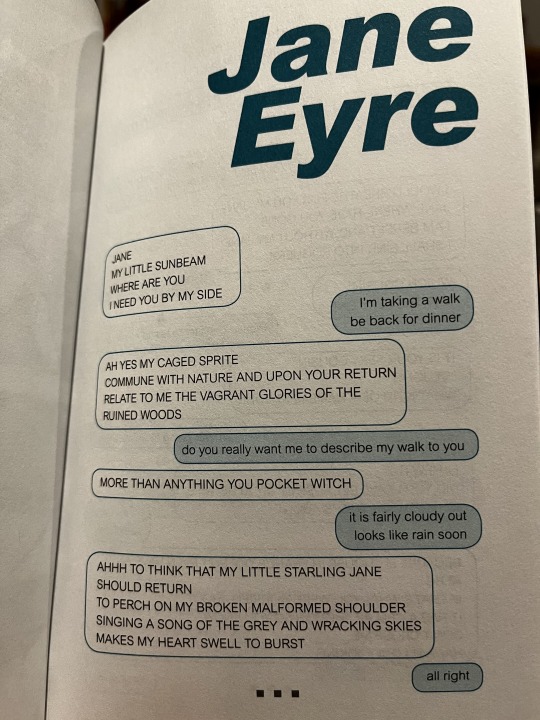
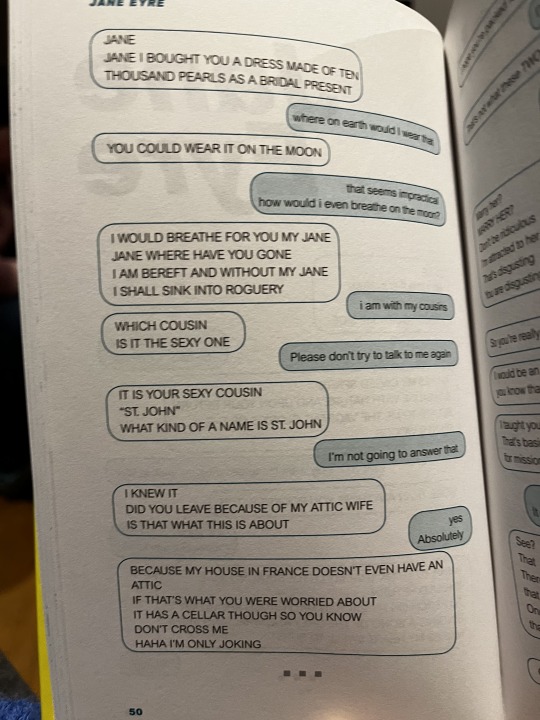
Found on family members’ bookshelf. It’s uncanny.
@tiredtiresias
#jane eyre#ask mr rochester#mr rochester of thornfield#mr rochester#ask blog#charlotte bronte#victorian literature#classic literature#gothic romance#the bronte sisters#Texts from Jane Eyre
236 notes
·
View notes
Text

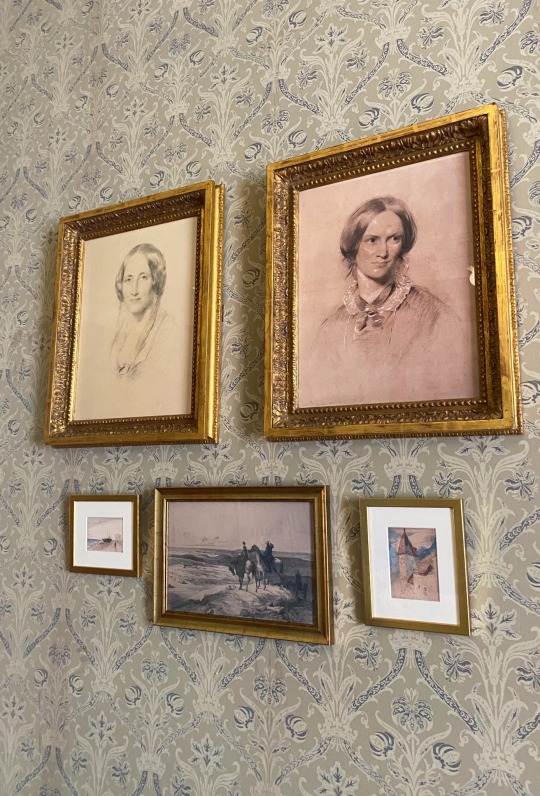


some photos of my visit to elizabeth gaskell's house in manchester last year. the house itself is beautifully kept and the volunteers are welcoming, informative and passionate about gaskell's works and the continued preservation of the house. if you're ever in manchester and you're looking for a literary fix, it's definitely worth spending an afternoon here!
#elizabeth gaskell#gaskell#north and south#literary houses#literature#victorian literature#literary figures#anyway everyone should read north and south#bookblr
140 notes
·
View notes
Text
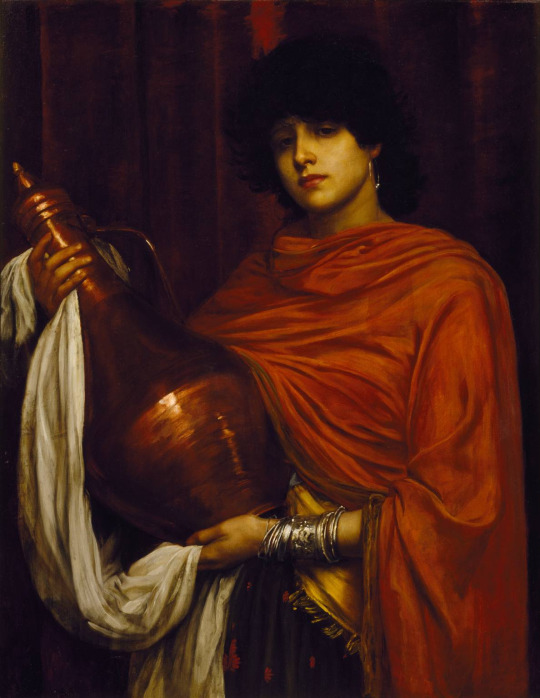
Valentine Cameron Prinsep (1838-1904)
"Ayesha" (1887)
Oil on canvas
Pre-Raphaelite
Located in the Tate Gallery, London, England
This portrait was widely assumed to be a portrait of Queen Ayesha, from Rider Haggard’s novel, She. The novel had been published the previous year, and quickly became one of the most popular in the late 19th century.
#paintings#art#artwork#literary painting#female portrait#valentine cameron prinsep#oil on canvas#fine art#pre raphaelite#pre raphaelism#tate gallery#museum#art gallery#english artist#british artist#portrait of a woman#costume#costumes#classic literature#victorian literature#1880s#late 1800s#late 19th century#aesthetic#aesthetics#red#copper#silver
559 notes
·
View notes
Text
will never get over the fact that mr. heathcliff and mr. arthur huntington are canonically more attractive than mr. rochester.
aside from the fact that they're both described as being handsome, and mr. rochester is described as being not handsome, we can see this play out in the text. while it's a point that mr. rochester's love interests only want him for his money/status, with arthur and heathcliff that's not entirely the case (you could argue that isabella is partly concerned with heathcliff's newfound wealth, but imo if he wasn't handsome as well, she probably wouldn't bother).
like helen I Love My Bible graham sees arthur and immediately starts drawing and painting him to sublimate her very very obvious attraction that everyone (including him) is aware of. even though she's told he's horrible, she says I CAN FIX HIM!!!! JUST LOOK AT HIM!!! and annabella just openly cheats on her husband with him for years. like helen, isabella linton is told that heathcliff is horrible but she's like BUT HOW CAN THAT BE TRUE WHEN HANDSOME? HAVE YOU SEEN HIM? and as soon as mr. lockwood meets heathcliff in the very beginning he becomes obsessed with him. even after heathcliff lets him be attacked by his vicious dogs, mr. lockwood refuses to leave him alone. not to mention that even the initially biased and usually critical nelly agrees that he's handsome, and cathy literally dying because she regrets not marrying him
— although cathy/heathcliff's bond is much more than skin deep / isn't about looks or regular forms of attraction (bc they have an almost twin-like, spiritual bond) i feel like seeing him healthy and handsome and "glowed up" really hurt cathy 10x more than she was hurt before his return, bc back then she could maybe try to delude herself out of missing him as much by remembering him when he was in his slovenly servant role & embarrassing her infront of the lintons — but seeing proof of his potential & that he always did have it in him to accrue & maintain wealth/education/fashion (and yes, good looks too), & that he could've/would've done so if he'd married her, is really what helped to kill her (aside from... y'know, the whole childbirth thing of course - but the narrative does heavily imply that the drama from heathcliff's return decreased her chances of surviving childbirth, so when i refer to her death, i'm looking at the more internal/emotional causes)
#i still love him maybe the best its just funny#also all of charlotte brontë's main love interests being unattractive in general#jane eyre#mr. rochester#mr rochester#arthur huntington#heathcliff#heathcliff wuthering heights#wuthering heights#the tenant of wildfell hall#the brontës#books#victorian literature#literature#english literature#analysis#my analysis#my writing#book thoughts
59 notes
·
View notes